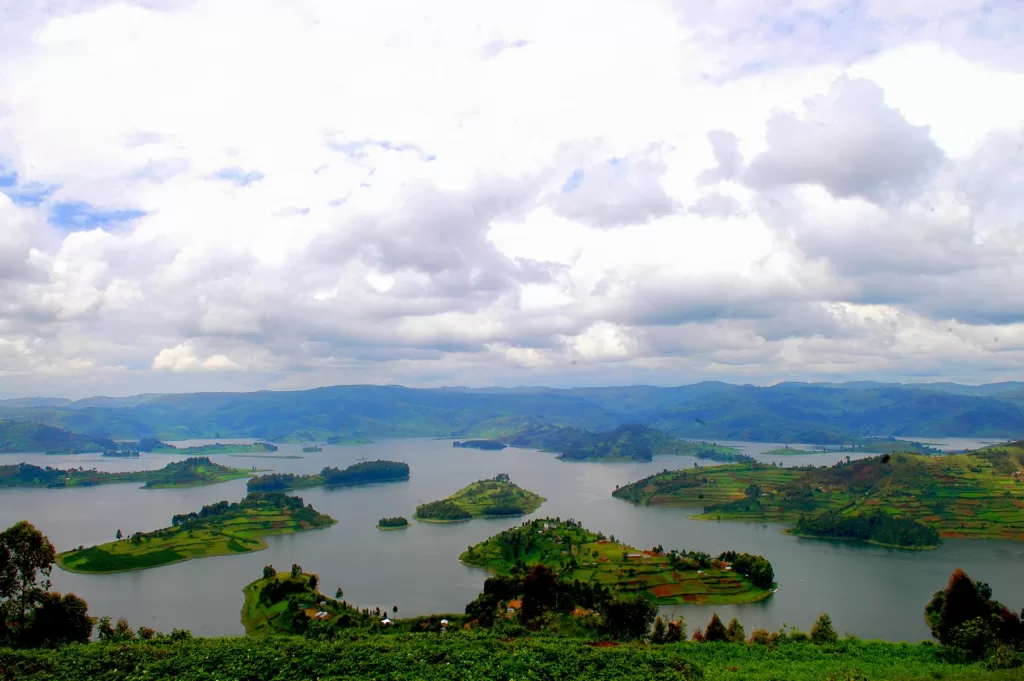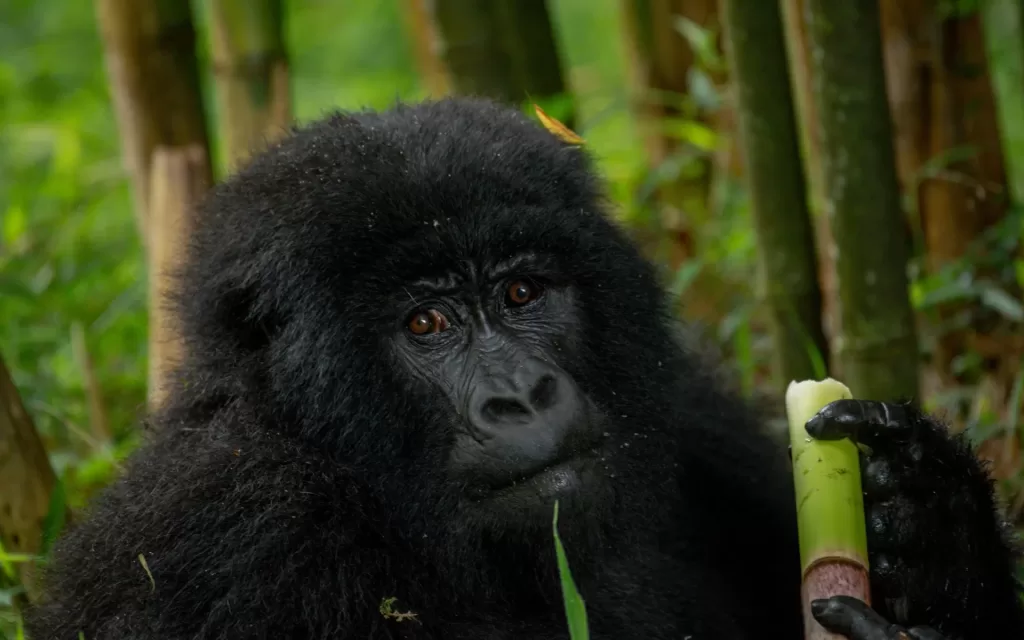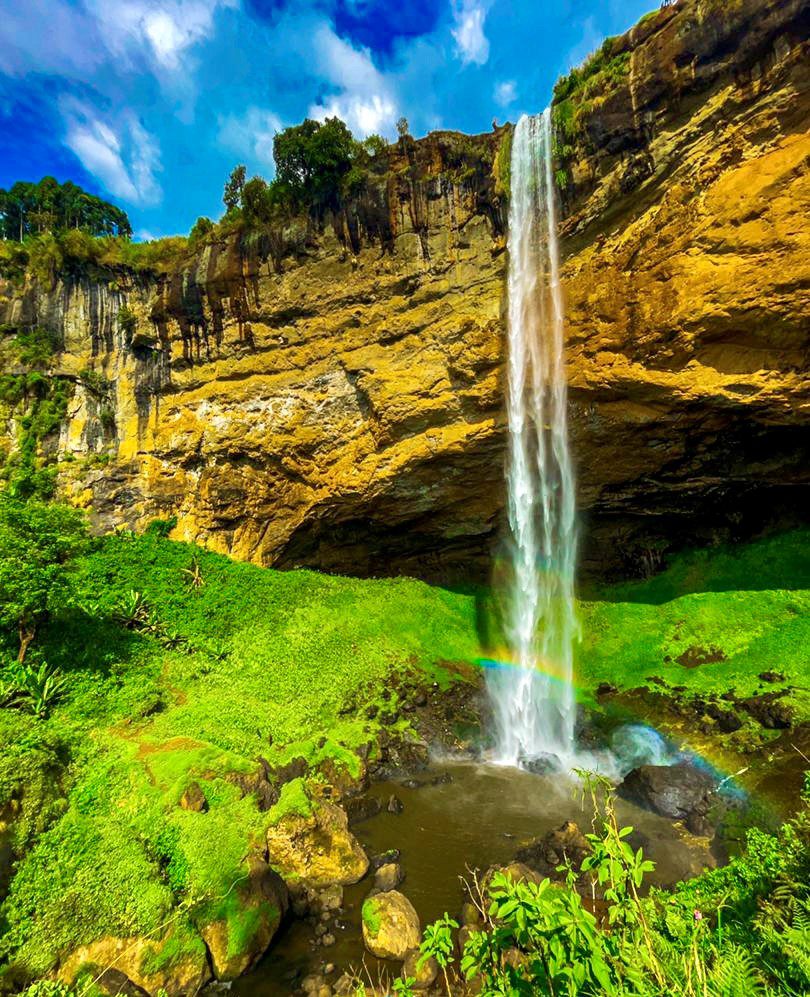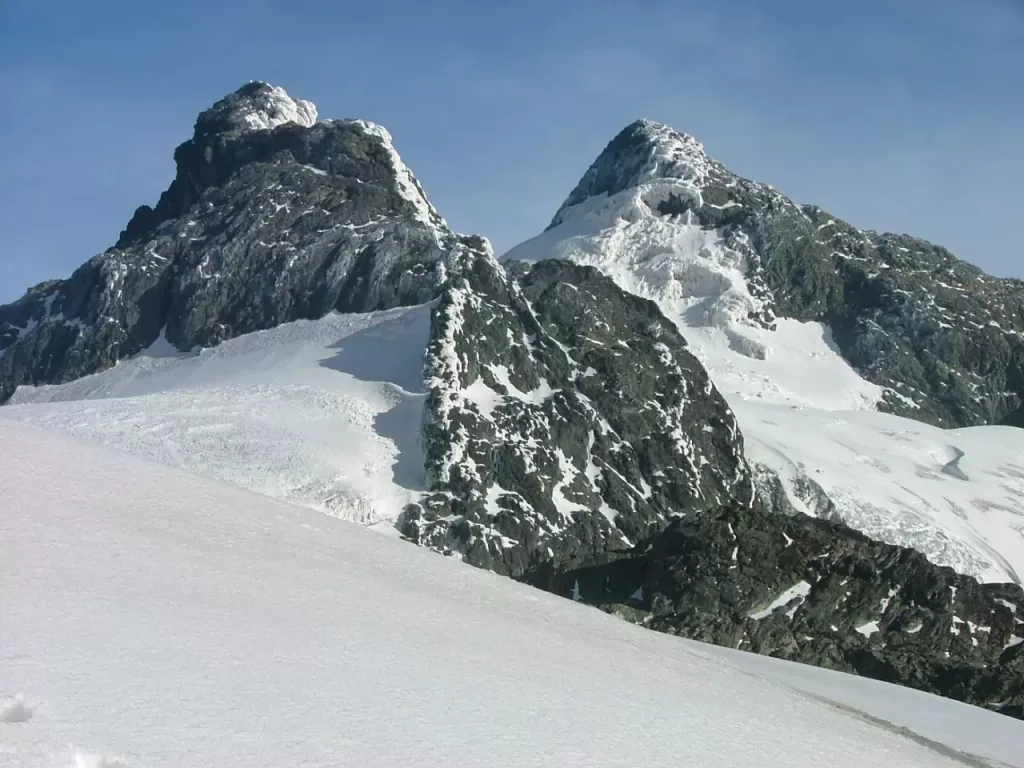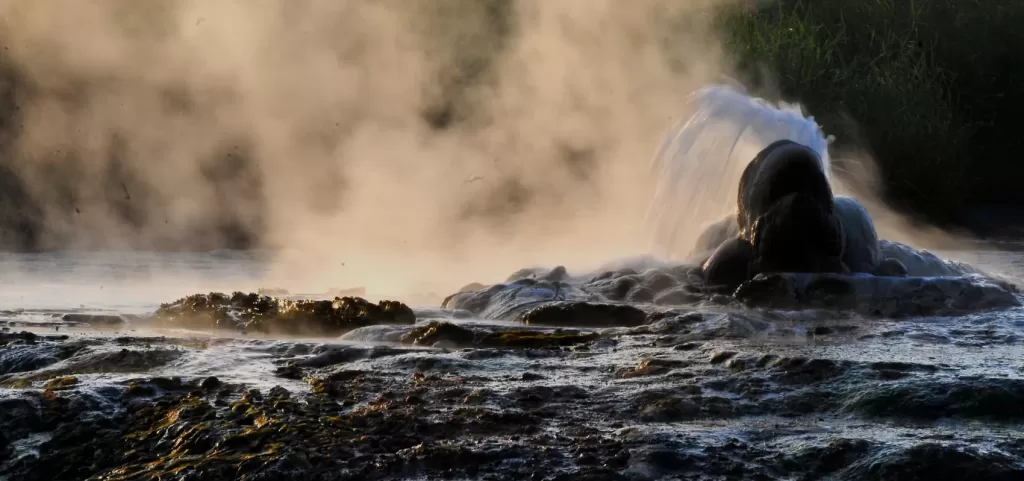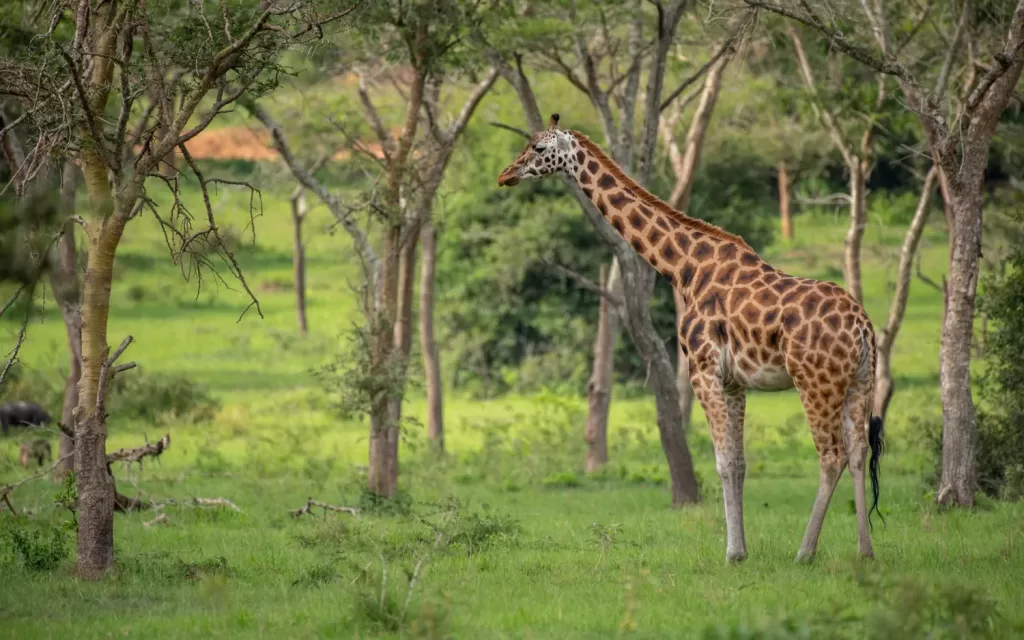Kidepo Valley National Park
“Discover the Untamed Beauty of Kidepo Valley National Park”
Step into the wild wonderland of Uganda’s Kidepo Valley National Park, crowned as Africa’s Leading National Park in 2022 by the prestigious World Travel Awards.
Nestled in the rugged, semi-arid landscapes of North Eastern Uganda, Kidepo Valley National Park stretches across 1442 sq km of untamed wilderness. Here, amidst the rocky valleys and towering Morungule mountains, adventure awaits.
Experience the magic of River Kidepo and River Narus, meandering through high-altitude terrain, while the tepid springs of Kanangorok quench the thirst of the land.
From lush mountain ranges to expansive plains, this off-the-beaten-track gem offers a diverse landscape that captivates the soul. With altitudes ranging from 914m to the towering peak of Mt. Morungole at 2750m, every corner holds a new marvel.
Spot the majestic silhouette of Mt. Lotukei on the Sudanese border, standing tall at 2797m, while the Narus Valley and Kidepo Valley carve their way through the terrain, revealing hidden treasures at every turn.
Embark on thrilling game drives along the Kakine and Katurum Circuits, immersing yourself in the wildlife haven of the Narus Valley. Here, amid permanent waters, a spectacular array of wildlife roams freely, from the iconic lions and leopards to rare gems like cheetahs and pygmy falcons.
Encounter 86 mammal species and over 500 bird species, including elusive ostriches and enchanting Abyssinian ground hornbills. Delight in sightings of unique inhabitants like Cheetahs, Bat-eared foxes, Aardwolves, Greater and Lesser Kudus, Black-backed Jackals, and Antelope Species Klipspringer, Elands, and Hartebeest.
Managed and operated by the Uganda Wildlife Authority, Kidepo Valley National Park promises an unforgettable journey into the heart of African wilderness, where every moment is a masterpiece of nature’s creation.
Top things to do and see in Kidepo Valley National Park.
Kidepo Valley
Kidepo Valley, Kidepo translates ‘to pick from under. The valley used to be visited by people coming to gather fallen Borassus fruit for fermenting to make palm beer. The valley is famous for its dry Kidepo River a 50m wide bed of white sand between banks covered with Borassus palm trees a delicacy for elephants.
The Kidepo River is a seasonal river flowing from North to South Sudan where the Narus River supplements it before pouring into the White Nile.
During the rainy season, the Kidepo Valley floods, and the Kidepo River becomes a threat to some wildlife species to cross. At times wildlife species congregate here during the rainy season.
The dry Kidepo Valley is short on the big game but has magnificent scenery. During the dry season the vegetation withers to bare white dunes. Most wildlife species depart the Kidepo Valley to Narus Valley searching for pastures to survive on.
Game Safaris in Narus Valley
Narus Valley is the most popular place for safari game drives in Kidepo Valley National Park. The south Narus Valley contains the park’s only permanent water points and wildlife congregates in this area for much of the year. The hour-long drive to Kanangorok Hot Springs passes some amazing landscapes along the Katurum Kopje.
Game sightings include Cheetahs, Bat-eared foxes, Aardwolves, Greater, and Lesser Kudus, Black-backed Jackals, and Antelope Species Klipspringer, Elands, and Hartebeest. Other wildlife includes lions, leopards, bushbucks, buffaloes, elephants, leopards, zebras, and hyenas.
Browse through our tailormade tour package that includes off-the-beaten-track Kidepo Valley, National Park.
Nature walk to the Kanangorok Hot Springs
The Karangok hot springs lie 11km in the far northeastern part of Uganda beyond the Kidepo River bordering Southern Sudan. The Karangok hot springs are a glorious place to view the mountains beyond the frontier and the thicket bush surrounding the hot springs is a habitat for the Ostriches.
The hot spring is about 50⁰c temperature which can boil an egg. The locals frequent the hot springs for their belief in their healing powers.
Hiking Mount Morungule
Get off the beaten track to climb Mount Morungole standing at 2,750m which is crossed by the Kidepo and Narus Rivers that nourish the park’s wildlife. The Morungole Range can be hiked in 1 day and the hike is a 5-6 hour round trip.
The mountain range marks the southern boundary of the park and rises from the plains a few kilometers northeast of Apoka. The mountain slopes are home to the IK people, the smallest ethnic group in Uganda.
Guided nature walk to Lomej Hills
This Park offers the most breathtaking opportunities for nature walks. The Lomeji mountain trail can offer an amazing game to view. The Lomej Hills nature walk takes about 4-5 hours and is a short drive from the headquarters.
There is also a 2-hour nature walk to Lomeji Hills traversing through the Narus Valley. They are a good viewing point for birds like Kori Bustards, Egyptian Vultures, and Ostriches. Wildlife includes reedbucks, elands, cape buffaloes, oribis, and zebras among others.
Community-Based Tourism in Kidepo Park
Visit the Karamojong herdsmen – Lorokul Cultural Group
Discover the unique culture of this remote tribe with the Lorukul Cultural Group located just outside Kidepo Valley National Park as well. Their main livelihood is herding livestock, and the social and cultural importance will be explained as you walk with the guides to the traditional Karamojong manyattas (homesteads), granaries, and cattle enclosures.
Learn how the villagers make their distinctive beads, sample the local cuisine, and learn about the tribe’s folklore and beliefs. Get more insight into their cultural way of life, traditional Dancing, and food preparation.
Listen to some of the traditional stories from the Karimojongo elders as they brief you on their daily lives and also take you through some historical moments and beliefs of the area.
A Visit with the IK Indigenous Community
Get to Hike to Mount Morungule and on the slopes where you get to interact with the indigenous community. You will find simply stunning, breathtaking scenery as you climb into the community with views of the Kenyan Rift Valley.
The IK community trail is 8 km long and takes about 5 hours to ascend and descend. The IK people traverse the Karamoja plains in search of wildlife animals to hunt, gathering edible fruits for their families.
The people live in small village clusters and are subsistence farmers, growing tobacco, maize, sorghum, millet, and other vegetables. The IK people love honey and bees are legendary with which each individual has special skills to detect colonies of bees for honey harvesting.
Birdwatching
Kidepo Valley National Park is one of the best places for bird-watching. The Birding hotspots are at the fringes of Narus Valley and Namamukweny Valley in the northeast and Apoka area. The park records about 500 bird species of which 60 bird species are not found elsewhere in other parks.
14 bird species are recorded as endemics to the Kidepo and Karamoja region and these include Verreaux’s Eagle, Egyptian Vulture, and Pygmy Falcon. Look out for the Karamoja Apalis, starlings, ostriches, white-faced scoops owls, Kori bustards, secretary birds, Black-breasted barbets, White-bellied go-away birds, and yellow-billed shrikes.
Other bird species include Scarlet-chested sunbirds, Nubian woodpeckers, African Moustached warblers, Ruppell’s starlings, Clapperton’s francolin, Black Coucal, Mosque swallow, Broad-tailed francolins, and Little weavers among others.
Places to stay in Kidepo Valley National Park
Apoka Safari Lodge
The lodge is within Kidepo Valley National Park overlooking Narus Valley. It features 10 spacious rooms with canvas walls giving an exciting authentic safari feel. The rooms have a beautiful private but open outdoor stone bathtub to soak in.
Other facilities include a main building of wooden construction and open-sided, a swimming pool carved into rocks with amazing views of the park, a restaurant and dining area, a lounge area, and a bar.
Adere Safari Lodge
The lodge is situated at the edge of Kidepo National Park and comprises 20 en-suite cottages with private balconies overlooking the park. The rooms have a spacious sitting area and an outdoor bathroom.
Other facilities include a conference hall, a boardroom, a restaurant, a bar, a spa, a sauna, a steam bath, a swimming pool carved out of big rocks, and magnificent gardens overlooking Kidepo Valley National Park.
Kidepo Savannah Lodge
The Lodge is 500 meters away from Kalokudo gate offering unparalleled vistas of the expansive Narus Valley, Mount Morungole, and the distant mountain ranges which form the border with Southern Sudan.
It features 12 spacious safari tents on raised decks with a private verandah offering splendid views of the mighty savannah. There are also 9 non-self-contained tents with views into the park that are vast and magnificent with an occasional herd of elephants or buffaloes passing by.
These tents share a communal ablution block with hot showers and flushing toilets. There is a thatched dining and bar area that offers one of the finest views over the Park.
The Best time to visit Kidepo Valley, National Park
Kidepo Valley National Park has two seasons both dry and wet seasons. The dry season is in the month between December to March and June to August.
In this period water becomes scarce and this makes wildlife viewing easier as animals tend to seek out reliable water sources and vegetation thins. During this time, the animals congregate in the Narus Valley.
The wet/green season is in April to May and September to November. During these months the park is mostly wet due to heavy rains making it difficult to navigate the park trails and animal sightings are few.
However, these months are ideal for other migratory birds and the scenery is lush and green for photographic scenery.
How to get to Kidepo Valley National Park
Road transport: The Park is easily accessed by road, though it is a 12-hour drive. The drive offers scenic landscapes and local communities. It is advisable to break down the journey from Gulu or Kitgum.
Air transport: There are chartered and scheduled air flights from Entebbe International Airport to the park Headquarters. There is an airstrip located at Lomej which is about 3km south of the Headquarters.
The flights are operated by Aerolink Uganda for your scheduled flights to Kidepo Valley National Park every Wednesday, Friday, and Sunday. The flight takes 1. 5 hrs, departing at 12:30hrs and arriving at 14:45hrs, departure from the park is 15:00hrs arriving back to Entebbe at 16:30hrs.
Other Uganda Destinations
ABOUT TRAVELERS LINK AFRICA
Our mission at Travelers Link Africa is to connect people to positive travel experiences enabling them to see the world differently, transforming lives and the communities visited.
To do this we offer authentic travel experiences taking you on both an outer adventure and an inner journey to create memories of a lifetime with Uganda, Kenya, Tanzania, and Rwanda
CONNECT WITH US
We’re here to help, so get in touch with our friendly travel consultants to book your package or add customizations your safari
Our main phone number is
+256 754 062 366
– OR –

